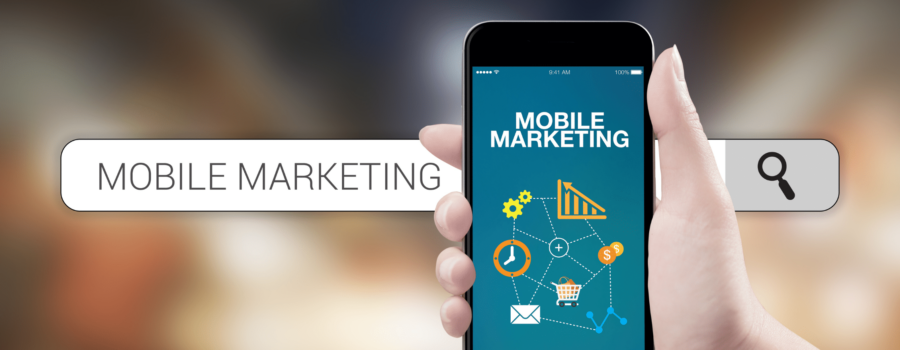Each day, people spend five to six hours on their phones. As a marketer, it is important to capitalize on mobile devices as it is where customers spend a good chunk of their time. However, not all marketing strategies receive the same conversions from users who are on their cell phones as they would for those on their desktop. Therefore, it’s important to learn how to optimize your marketing strategy for people who are using their mobile devices.
What is mobile marketing?
Essentially, mobile marketing focuses on the strategy behind advertising towards users on their cell phones. From how searches are entered to how the experience level is received, there are many differences that a user on their desktop may have on a webpage compared to a user on their phone. Because of this, it’s important to personalize your marketing strategies to this particular audience.
How to optimize for mobile marketing?
The list of channels that are affected by mobile is endless. But to help narrow down your SEO strategy, Tind-All Creative Marketing has provided tips for the most commonly affected areas.
- Mobile Searches
There are many differences between a phone and a laptop. The feel of the keyboard, the screen size, even the activities that take place on them. These factors all contribute to a user having a different expectation for their experience when doing a search on their phone versus their computer. One of the biggest differences between a desktop user and a cell phone user, is the cell phone user does not read as much. Because the screen is smaller, this type of person is most likely searching for a quick solution to their query. Along with that, because this person wants a quick solution, any page that has a low loading speed will quickly be closed out – faster than if they were on the computer. To avoid bounces, make sure your pages are optimized for mobile so that all the images and fonts are readable on smaller screens. Important information and CTAs should also be located at the top of the page. And the speed of the webpage should be quick so the user doesn’t get impatient and look elsewhere.
- Text Messaging
As we know, people spend most of their time on their phones. With that, people also tend to communicate with peers through their cell phone. If texting is a method many people are comfortable with, it only makes sense for marketers to also communicate within that device. Text marketing is a popular aspect of mobile marketing, but you always want to appear as a reliable source of information, and not spam. With text marketing, always provide value to the consumer. You can do this by offering the user a personalized discount code or an industry related tip. It’s also important to keep the message short and to the point, ending with a link so the user has to do less work to find your company.
- Email Campaigns
Email, a platform that is used by consumers on their desktops and phones, can often be digested differently based on the user’s device. Using email campaigns to spread news about your recent blog post or product can be a great way to steer visitors to your website. But if you want to focus on the mobile audience, it’s important to use mobile responsive templates or else some text or images will get cut off and deter a user from wanting to partake in the campaign. Also be sure there isn’t too much text to read or else a user, especially one on a smaller screen, will get bored and close out of the email. CTAs should be at the top of the email, so it is easy for anyone to know what their next step is.
- Google My Business
Many searches that take place on cell phones contain “near me” in them. “Restaurants near me”, “gyms near me”, “banks near me”, the list goes on. Users who are on their phones are often on the go and want to locate the closest business to them. One tool that can help your business come up on search engines for these types of searches, is having a Google my Business listing. To ensure your listing appears high on SERPs for users on mobile, it’s essential you optimize it. To do so, make sure to include all the important brand information as well as pictures that are sized properly for a mobile user. The more accurate details you can provide for your listing, the more likely Google will make your listing visible for those mobile-induced “near me” searches.
- Social Media
It’s no mystery that many users look at their social media when on their phone, and less when they are on their computer. Because of this, it’s important to keep your social media channels optimized for this focal group. To do so, post routinely on these channels, engage with your followers and ensure all images are sized to meet mobile requirements. Any images that are cut off will lose credibility for your business. You also want to reach your followers at times when they are most likely to engage. Read our recent blog post for a list of times that users are on social media, and gear your posts towards that timeframe.
To learn more about how Tind-All Creative Marketing can help you with your mobile marketing needs, call us at (860) 916-4561 or visit tind-allcreativemarketing.com.




